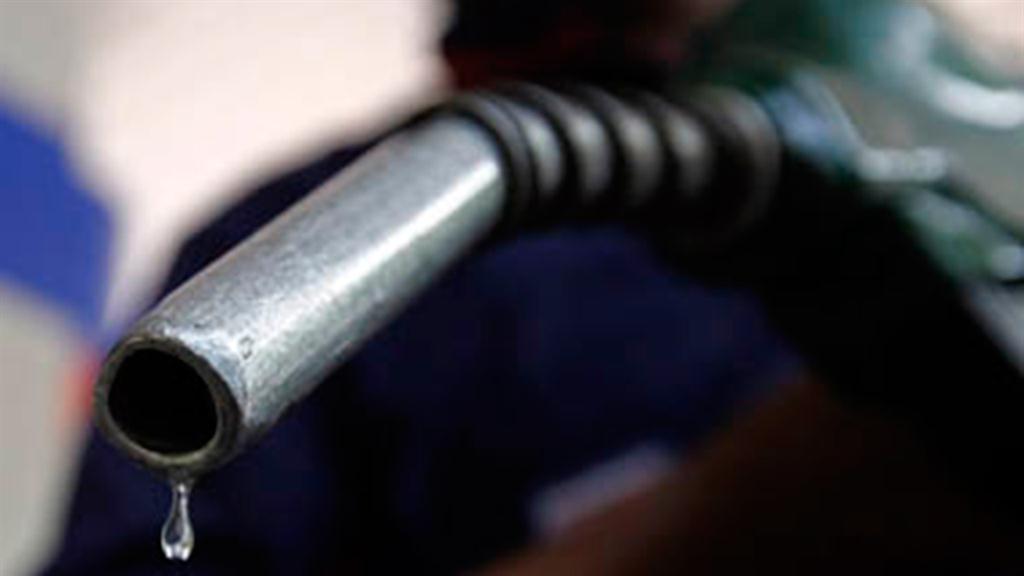Watching the pump
Fuel is an important part of the whole economy and its price is worth watching all the time.
NDAMA NAKASHOLE
The adjustment in TransNamib’s bulk fuel rail rate by between 10 cents and 29 cents per litre during the month of July pushed fuel prices to levels last seen in the second quarter of 2014.
The mines and energy ministry granted the request by TransNamib to adjust its bulk fuel rail rate effective 4 July 2018.
The Institute for Public Policy Research (IPPR) says in its July 2018 Economy Watch publication that motorists can expect more fuel hikes.
In a press release on 28 June, the ministry of mines and energy announced an increase in fuel prices which became effective on 4 July.
“Since fuel prices account for 9% of the consumption basket that determines the inflation rate, the current fuel price increases will result in a higher inflation rate,” the IPPR says.
The ministry said the July increase was based on the fact that oil companies paid more for importing fuel the previous month.
Motorists have been spared steeper price increases because the government decided to use the National Energy Fund to absorb under-recoveries that ranged between 45.3 cents per litre for diesel 50ppm and 52.6 cents per litre for petrol.
“Times are tough and mindful of the fact that the oil price is the cornerstone of the global economy, in that it is not just a cost at the pump for motorists, but also a cost factor in the price of numerous other commodities from the food on our tables to flight tickets, the National Energy Fund will subsidise for every cent due to oil companies that would otherwise have triggered a price increase,” the ministry said.
The IPPR agrees, saying that it is not only the direct impact of fuel price rises that is felt by the consumer, but also second-round effects through producers that face higher input costs.
“According to information from the Social Accounting Matrix 2013, the fishing sector is most affected by rising fuel prices, since fuel accounts on average for 29% of input costs.
“Fuel contributes about 24% to the total input costs of the transport sector, 20% to base-metal (copper, zinc, etc.) mining, 16% to electricity generation and 11% to uranium mining.
“It can be expected that increasing input and transportation costs will be passed on to the consumer,” says the research institute.
Motorists in Windhoek pay N$12.72 per litre for petrol, which amounts to an increase by 12.4% compared to a year ago and exceeds petrol prices in 2014 when they stood at N$12.51 per litre. Diesel prices in-creased to N$13.11 per litre for 50ppm resulting in an increase by 22.4% com-pared to July 2017. They, however remained slightly below prices between March and June 2014 of N$13.15 per litre.
The adjustment in TransNamib’s bulk fuel rail rate by between 10 cents and 29 cents per litre during the month of July pushed fuel prices to levels last seen in the second quarter of 2014.
The mines and energy ministry granted the request by TransNamib to adjust its bulk fuel rail rate effective 4 July 2018.
The Institute for Public Policy Research (IPPR) says in its July 2018 Economy Watch publication that motorists can expect more fuel hikes.
In a press release on 28 June, the ministry of mines and energy announced an increase in fuel prices which became effective on 4 July.
“Since fuel prices account for 9% of the consumption basket that determines the inflation rate, the current fuel price increases will result in a higher inflation rate,” the IPPR says.
The ministry said the July increase was based on the fact that oil companies paid more for importing fuel the previous month.
Motorists have been spared steeper price increases because the government decided to use the National Energy Fund to absorb under-recoveries that ranged between 45.3 cents per litre for diesel 50ppm and 52.6 cents per litre for petrol.
“Times are tough and mindful of the fact that the oil price is the cornerstone of the global economy, in that it is not just a cost at the pump for motorists, but also a cost factor in the price of numerous other commodities from the food on our tables to flight tickets, the National Energy Fund will subsidise for every cent due to oil companies that would otherwise have triggered a price increase,” the ministry said.
The IPPR agrees, saying that it is not only the direct impact of fuel price rises that is felt by the consumer, but also second-round effects through producers that face higher input costs.
“According to information from the Social Accounting Matrix 2013, the fishing sector is most affected by rising fuel prices, since fuel accounts on average for 29% of input costs.
“Fuel contributes about 24% to the total input costs of the transport sector, 20% to base-metal (copper, zinc, etc.) mining, 16% to electricity generation and 11% to uranium mining.
“It can be expected that increasing input and transportation costs will be passed on to the consumer,” says the research institute.
Motorists in Windhoek pay N$12.72 per litre for petrol, which amounts to an increase by 12.4% compared to a year ago and exceeds petrol prices in 2014 when they stood at N$12.51 per litre. Diesel prices in-creased to N$13.11 per litre for 50ppm resulting in an increase by 22.4% com-pared to July 2017. They, however remained slightly below prices between March and June 2014 of N$13.15 per litre.






Comments
Namibian Sun
No comments have been left on this article